One important thing about fibroids is that it is noncancerous. It is rare for one to develop cancerous fibroids. However, it’d be best to seek a medical observation from a qualified fibroids in Napa doctor if you notice any uncommon symptoms. This is a crucial consideration that will allow your doctor to do a physical examination and advise you based on the test’s outcome. Here is what you need to know about fibroids.
Table of Contents
Fibroids 101
Fibroids are tumors that develop on the uterus walls. They are also known as uterine fibroids, leiomyomas, and myomas, consisting of both fibrous connective tissue and smooth muscle cells. Today many women develop fibroids. Although some may not have symptoms, others undergo painful bleeding experiences.
Symptoms of Fibroids
It is worth noting that fibroids develop in different sizes, and you can have more than one. Some grow with time and expand in large sizes. The common symptoms include pelvic pain, prolonged and heavy periods, and pain during intercourse.
Other symptoms include frequent urinating, low fertility, and bleeding between your menstrual cycles. Luckily, various treatment options can relieve the pain, bleeding and prevent further growth of the fibroids.
Types of fibroids
There are three main types of fibroids. They vary in size, and each type may have a unique mode of treatment. That is why it is crucial to visit your doctor for a careful examination.
Subserosal fibroids
They are the most common types. What makes them unique is that they can protrude outside the uterus and get into the pelvic area. These types of fibroids grow large with a stalk attached to the uterus.
Submucosal fibroids
These fibroids also develop in most women. They might also have a stalk and can grow in the inner lining of the uterus. One of the main effects of submucosal fibroids is heavy bleeding.
Intramural fibroids
These are noncancerous fibroids that develop in the muscular walls of the uterus. They can develop to large sizes if left untreated. There is no defined cause for this kind of fibroid. However, its symptoms include heavy and prolonged menstrual bleeding and back pain.
People at Risk of Developing Fibroids
Not every woman develops fibroids. There are people at risk of fibroids, and this depends on various factors. If you are under the category listed below, you need to closely watch your health patterns since you’re at a high risk of developing fibroids.
Age- Most women develop fibroids after 30 years of age up to menopause.
Family history- A family with a history of fibroids has a higher risk of developing fibroids
Obesity- Being overweight is closely associated with fibroids. Heavy women are at a higher risk of developing fibroids.
Ethnic origin- When it comes to ethnic background, African- American women have a higher chance of developing fibroids than other races.
For the best fibroids treatment, get in touch with the facility. The highly qualified specialists will recommend a treatment method that is best suited for your needs. If the fibroid cannot be treated, your doctor may recommend surgery. Visit your doctor to learn more about the available treatment options for fibroids.



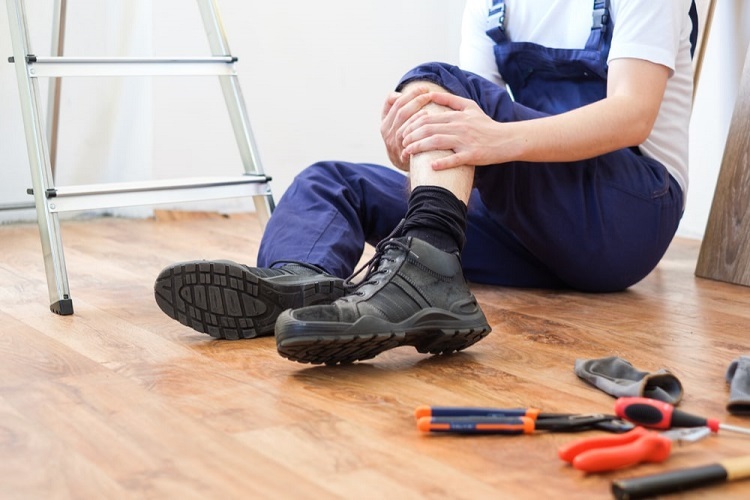



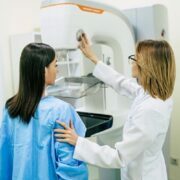
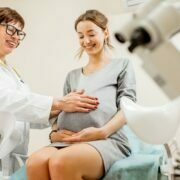


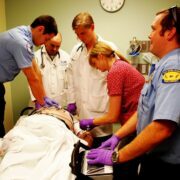

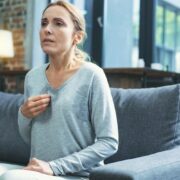
Comments